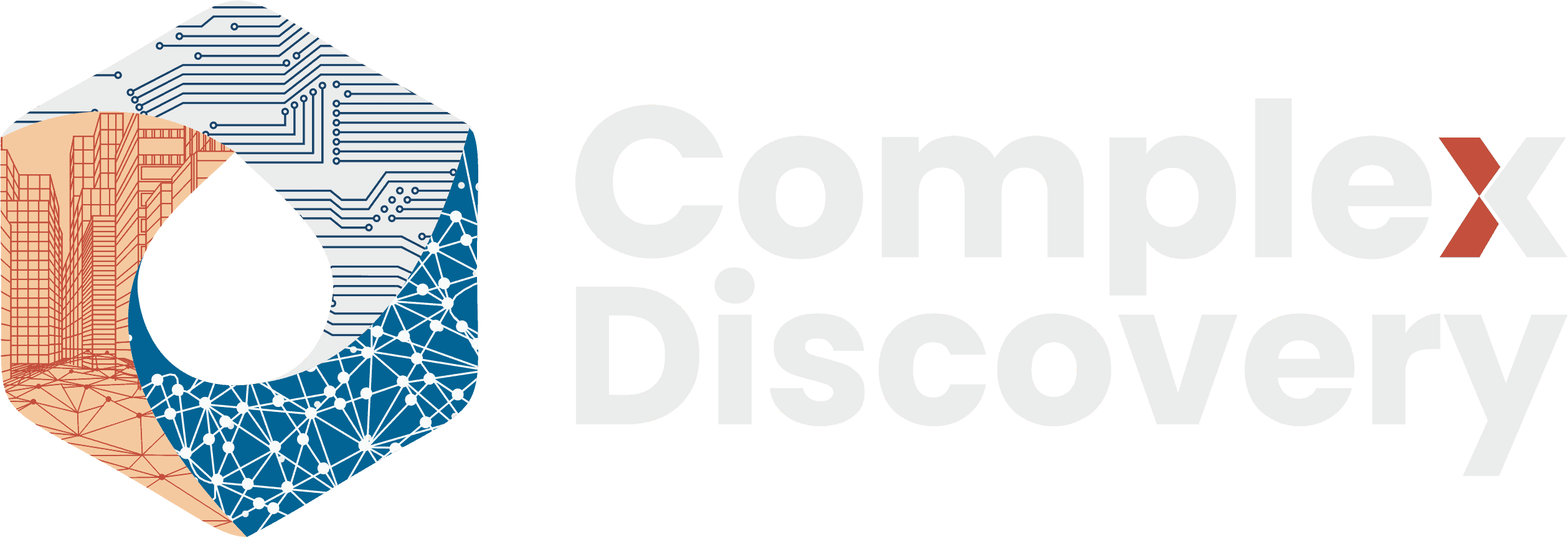Editor’s Note: AI-driven “vibe coding” is quickly redefining how software is developed, shifting the paradigm from traditional coding to natural language prompting. This groundbreaking approach, popularized by Andrej Karpathy, empowers non-technical users to build applications rapidly, but it also opens new doors to cybersecurity threats and regulatory scrutiny. For professionals in cybersecurity, information governance, and eDiscovery, the rise of vibe coding is more than a technical novelty—it signals a need for evolved risk frameworks, oversight protocols, and vigilance. As organizations embrace the speed and inclusivity of this methodology, they must also adapt to its new threat vectors and compliance demands.
Content Assessment: Security at the Speed of AI: Managing Risks in Vibe Coding
Information - 93%
Insight - 94%
Relevance - 91%
Objectivity - 91%
Authority - 90%
92%
Excellent
A short percentage-based assessment of the qualitative benefit expressed as a percentage of positive reception of the recent article from ComplexDiscovery OÜ titled, "Security at the Speed of AI: Managing Risks in Vibe Coding."
Industry News – Artificial Intelligence Beat
Security at the Speed of AI: Managing Risks in Vibe Coding
ComplexDiscovery Staff
The technology landscape in 2025 has witnessed the emergence of a transformative development methodology that is reshaping how software is created. “Vibe coding,” a term coined by prominent technologist Andrej Karpathy, represents a paradigm shift that enables developers to construct applications using plain English instructions, or “prompts,” rather than traditional programming languages.
This revolutionary approach has democratized software development, making it accessible to individuals without extensive technical expertise while dramatically accelerating the application creation process. As Karpathy describes the methodology: “It’s not really coding—I just see stuff, say stuff, run stuff, and copy paste stuff, and it mostly works.”
The Promise of Accelerated Development
The productivity gains from AI-driven development tools have been substantial across the technology sector. At a recent Y Combinator event, Perplexity CEO Aravind Srinivas reported significant improvements in engineering productivity through the adoption of AI tools, such as Cursor and GitHub Copilot, noting that prototyping times have been reduced from days to mere hours.
Major technology companies are investing heavily in this space. Amazon has launched its Kiro AI program, designed to transform how developers engage with code creation by integrating AI to streamline development processes. The company’s approach focuses on mitigating the complexities inherent in vibe coding by using specifications that define requirements and design before code development begins.
The convenience and accessibility offered by AI-driven tools like Cursor and Firebase AI have made software development more inclusive, enabling rapid application deployment and reducing traditional barriers to entry in the technology sector.
Emerging Security Challenges
However, the rapid adoption of vibe coding has unveiled significant cybersecurity vulnerabilities that organizations must address. The same AI tools that enable quick development have inadvertently created new attack vectors for cybercriminals to exploit.
Security incidents involving AI-generated solutions have already materialized, with breaches where AI tools like GitLab Duo were subjected to “prompt injection” attacks, resulting in unauthorized access to private code repositories and the exposure of confidential data.
The automatic incorporation of external components by AI tools has introduced substantial risks, including “slopsquatting” and “typosquatting” attacks, where malicious software is disguised under names resembling trusted counterparts. These vulnerabilities highlight the need for enhanced security protocols in AI-assisted development environments.
Perhaps most concerning is the finding that 48% of code snippets generated by advanced AI systems contain exploitable vulnerabilities, underscoring the critical importance of implementing stringent cybersecurity measures in AI-driven development workflows.
The Dual Nature of AI in Cybersecurity
The relationship between AI and cybersecurity presents both opportunities and challenges. While AI tools can introduce vulnerabilities, they also offer potential solutions for detecting and mitigating threats.
Michele Campobasso, a senior security researcher at Forescout, offers insight into this evolving landscape. While acknowledging that advancements in AI, such as “vibe hacking”—the malicious use of AI for cyberattacks—remain in nascent stages, he emphasizes that the underlying risk necessitates a proactive approach. “The fundamentals of cybersecurity remain unchanged,” Campobasso notes. “An AI-generated exploit can be detected, blocked, or mitigated by patching.”
GitHub CEO Thomas Dohmke has also highlighted the potential pitfalls of AI integration, warning of potential inefficiencies and the introduction of new bugs within the coding process, despite the productivity benefits that AI offers.
Regulatory and Compliance Implications
The rise of vibe coding occurs against a backdrop of evolving regulatory frameworks. The EU AI Act now mandates rigorous controls over AI-generated code, requiring organizations to implement comprehensive oversight mechanisms to avoid penalties and protect digital assets.
Legal departments and corporate stakeholders must closely monitor AI tool usage to mitigate risks associated with AI-driven vulnerabilities. This monitoring includes establishing protocols for code review, vulnerability assessment, and compliance monitoring in AI-assisted development environments.
Strategic Considerations for Organizations
Business leaders face the complex challenge of balancing the innovative potential of AI-driven development with the imperative to maintain organizational security and regulatory compliance. Success in this environment requires a multi-faceted approach that encompasses both technological innovation and robust security preparedness.
Organizations must develop comprehensive frameworks for AI tool governance, including policies for code review, security testing, and vulnerability management. This framework includes establishing clear protocols for the evaluation and deployment of AI-generated code, as well as ongoing monitoring for potential security issues.
The integration of AI tools into development workflows necessitates enhanced cybersecurity frameworks to prevent regulatory compliance issues and protect organizational integrity. This integration includes implementing automated security testing, establishing secure coding practices for AI-assisted development, and maintaining visibility into AI tool usage across the organization.
An Ongoing Shift
Vibe coding represents a recent shift in software development, offering unprecedented accessibility and efficiency while introducing new security challenges that organizations must navigate carefully. As this methodology continues to evolve, the emphasis on cybersecurity cannot diminish.
Organizations that successfully harness the potential of AI-driven development while maintaining robust security postures will be best positioned to thrive in an increasingly digital landscape. The key lies in advancing concurrently in technological innovation and security preparedness, ensuring resilience in a rapidly evolving digital environment.
News Sources
- AI Cybersecurity: A Playbook For Value-Driven Cyber Defense (Forbes)
- AWS launches Kiro AI coding program (CNBC)
- Perplexity CEO Says AI Tools Cut Development Time From Days to Hours (Business Insider)
- From Vibe Coding To Vibe Hacking — AI In A Hoodie (Forbes)
- How CTOs Can Rein In Vibe Coding Cybersecurity Risks (Forbes)
Assisted by GAI and LLM Technologies
Additional Reading
- When Innovation Meets Intrusion: xAI’s Privacy Paradox Exposes the Tension Between AI Progress and Personal Rights
- European Commission Unveils General-Purpose AI Code of Practice Ahead of AI Act Enforcement
- Strategic AI and the Shifting Role of IT in Enterprise Innovation
Source: ComplexDiscovery OÜ









































